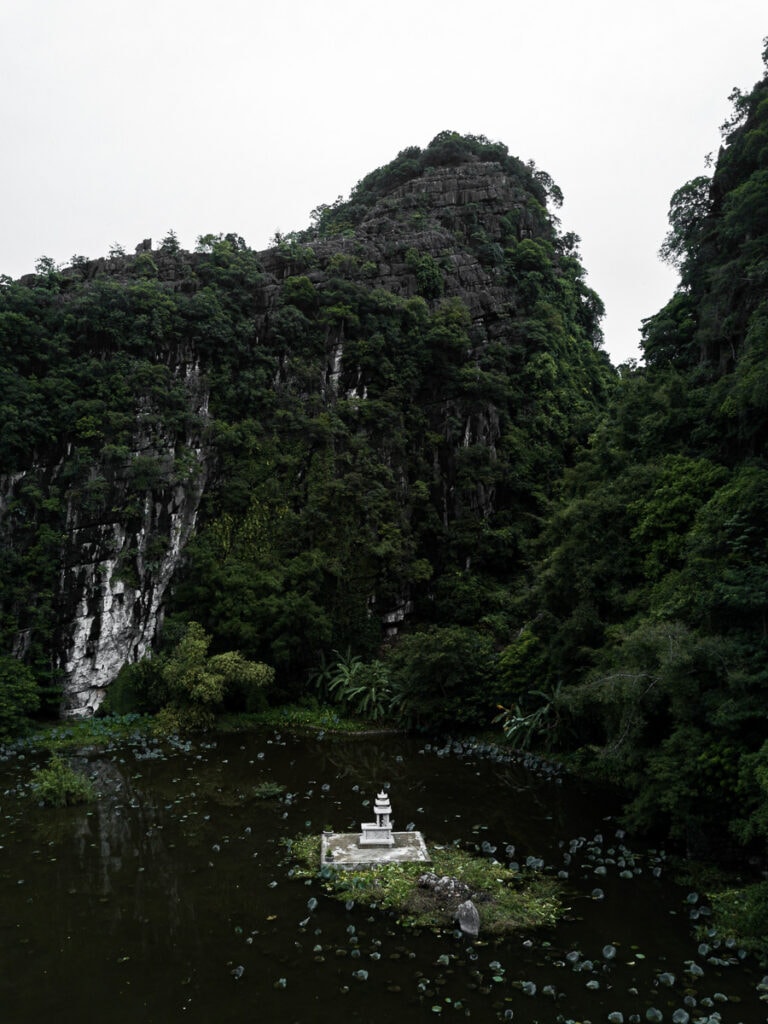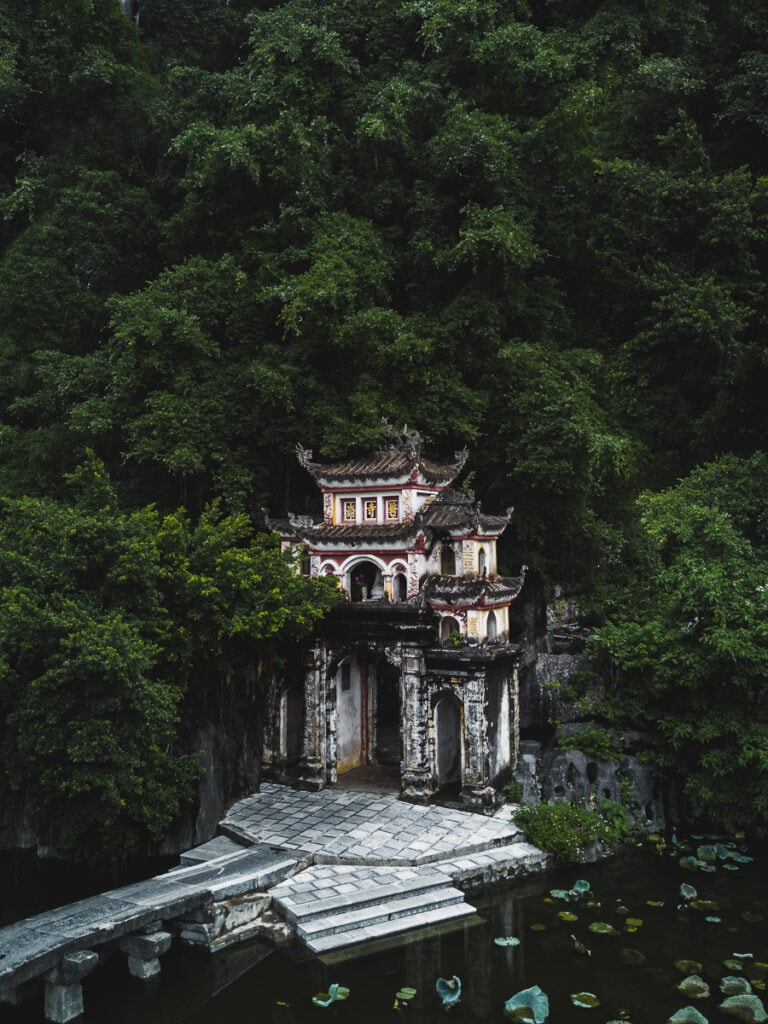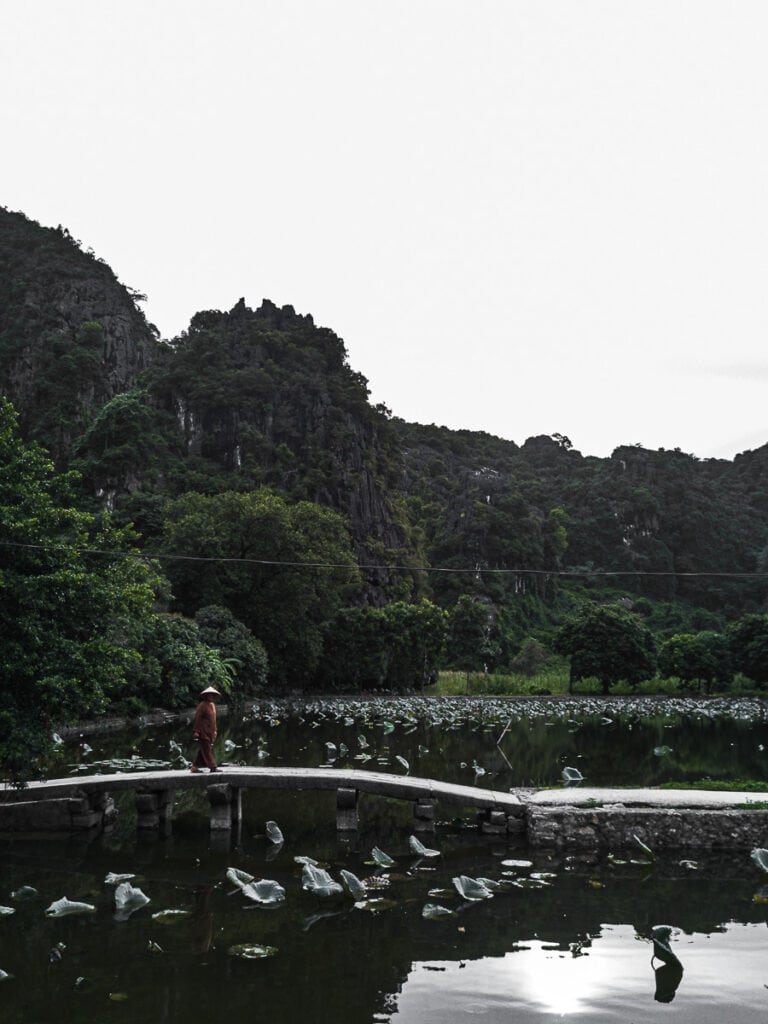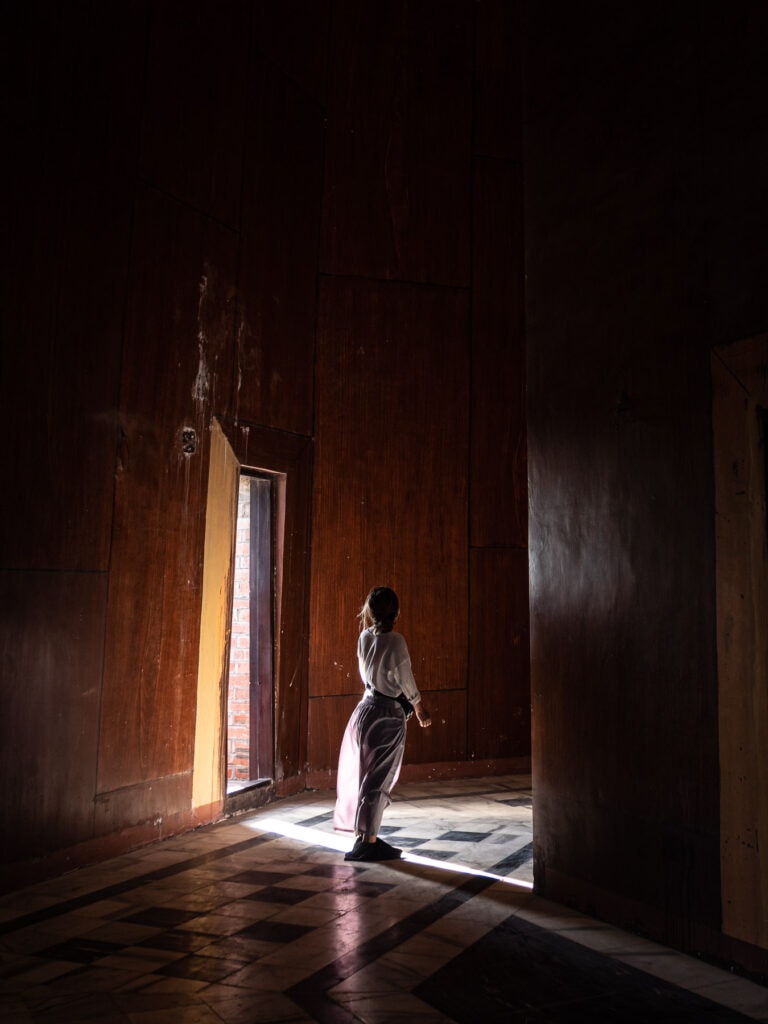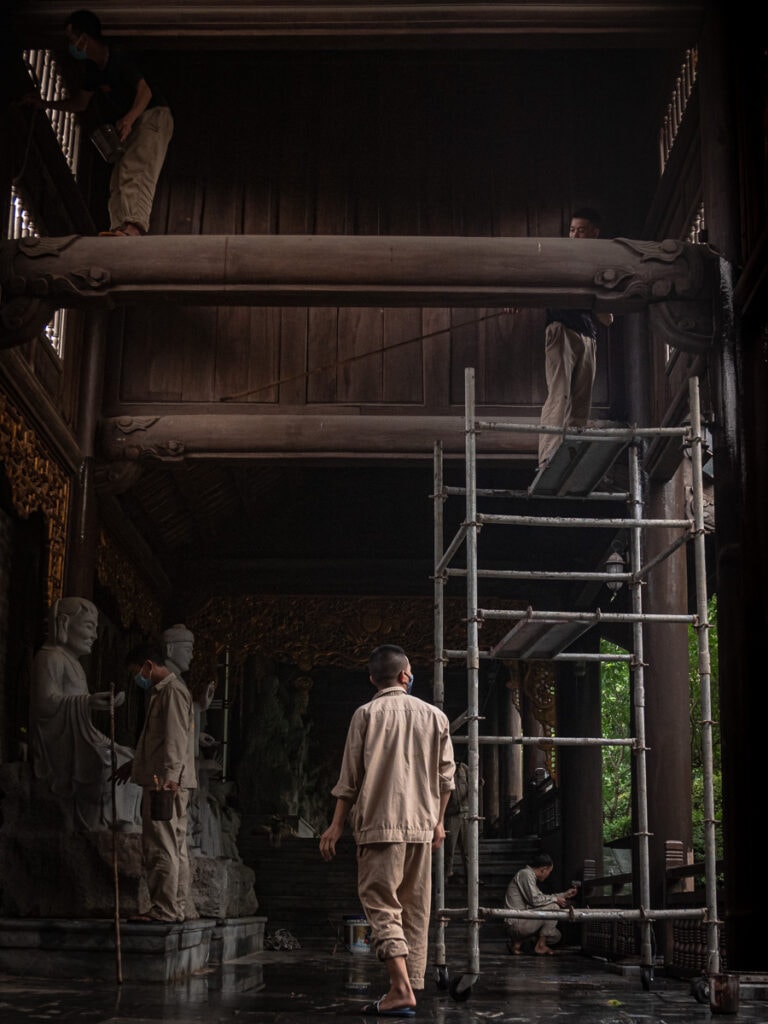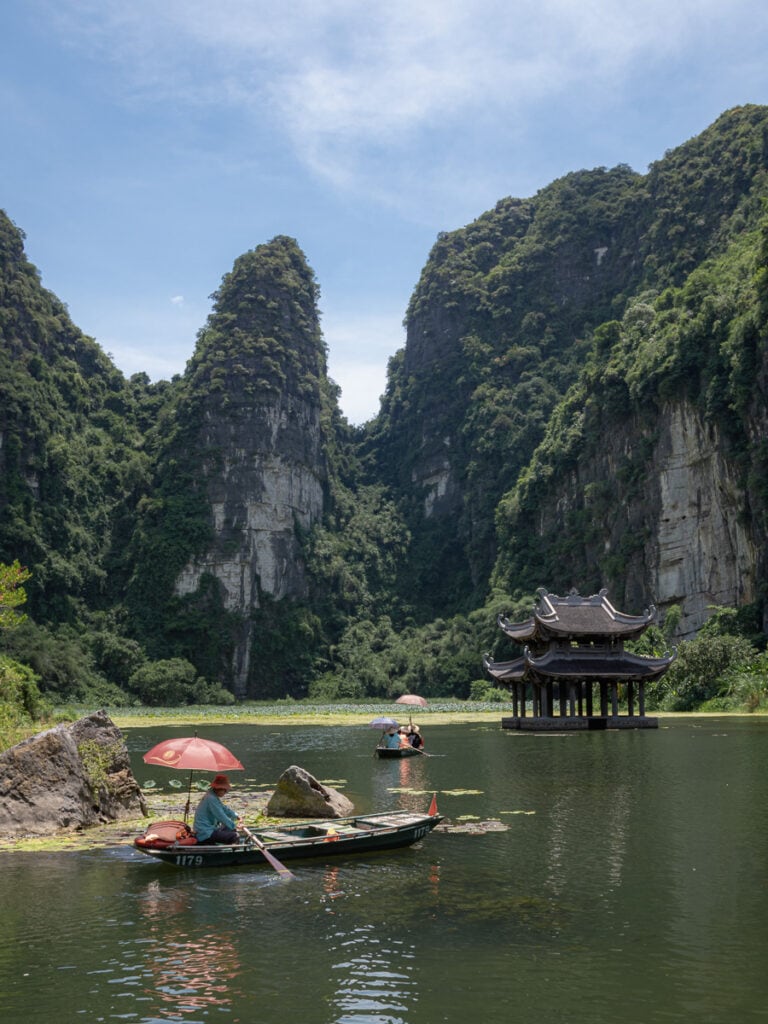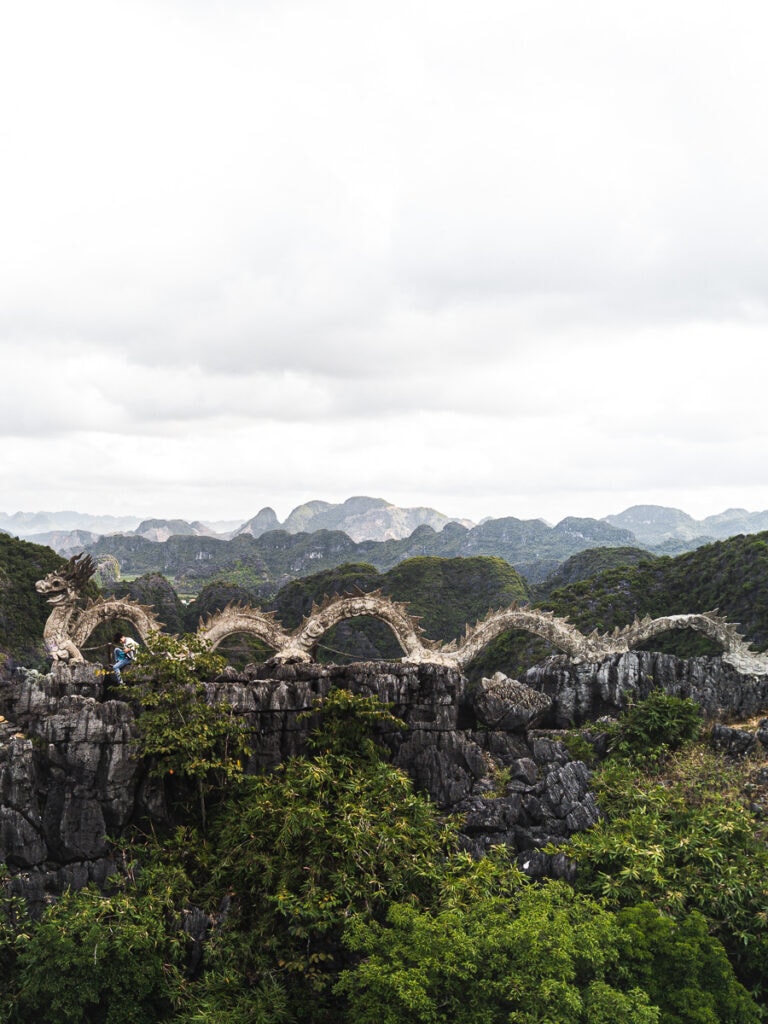
July 2020
Ninh Bình | Vietnam
Ninh Bình is a province in the northern region of Vietnam, 93km in the southeast of Hanoi. Next to the Red Delta river, the region is surrounded by a diversity of both natural and historical sites. During the period of 968 to 1010, the ancient land of Ninh Bình was also the capital of the first fundamental government of Vietnam.
Bích Động Pagoda
Bích Động Pagoda is part of the Tràng An Landscape Complex and it was built by two monks in the early 18th century. It comprises three ancient pagodas combined with natural caves and majestic mountains. The entrance is surrounded by calm waters and trees. In order to enter, first, you have to cross a bridge and walk past a gate to reach the temples.
Bái Đính Cultural Complex
Bái Đính Cultural Complex is Vietnam’s largest Buddhist worshiping complex and has become a popular site for Buddhist pilgrimages around Vietnam. The original pagoda was built in the 11th century but recently, a new complex was build next to it. It’s construction started in 2003 and was finally completed in 2010.
Tràng An Landscape Complex
A landscape complex, recognized by UNESCO as a World Natural Heritage site in 2014. It includes three protected areas: Hoa Lư ancient capital, the Tràng An – Tam Cốc – Bích Động grottos/caves and the Hoa Lư special-use forest. There are about 14,000 residents, the majority of whom are families involved in subsistence agriculture. Many of the regions are only accessible by boats (and drones).
Múa Cave and Viewpoint
Múa Cave is located at the foot of a mountain bell-shaped mountain. It is also known as the Dancing Cave because in the past, King Tram often visited the cave below the peak to see performers dance and sing. Above the cave, after 500 steps, it’s possible to find a viewpoint and a dragon statue.
* All photos available for printing. Get in contact by email or on social media for more information.

